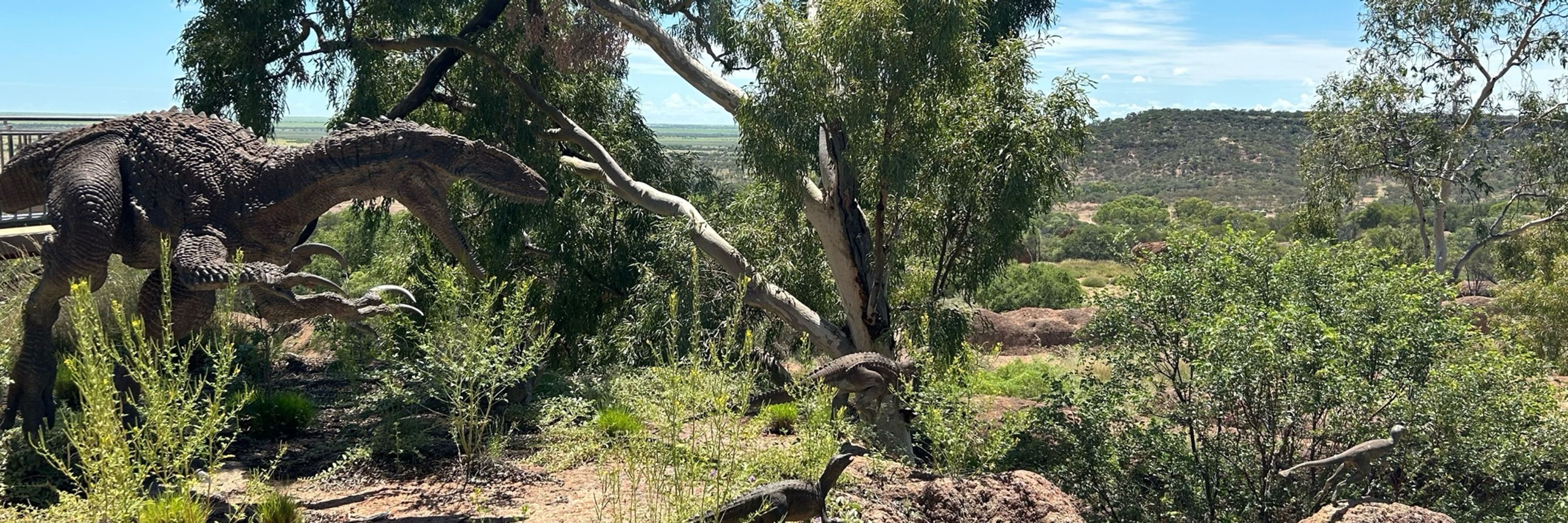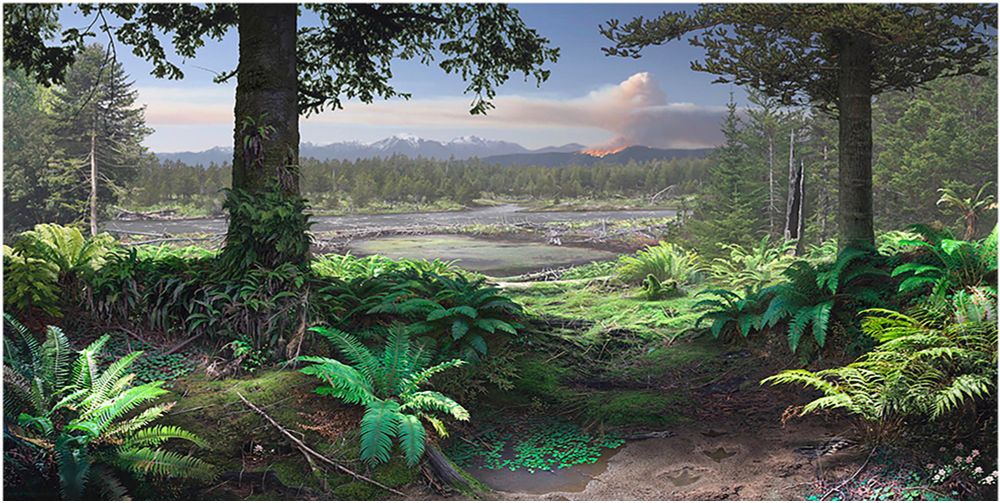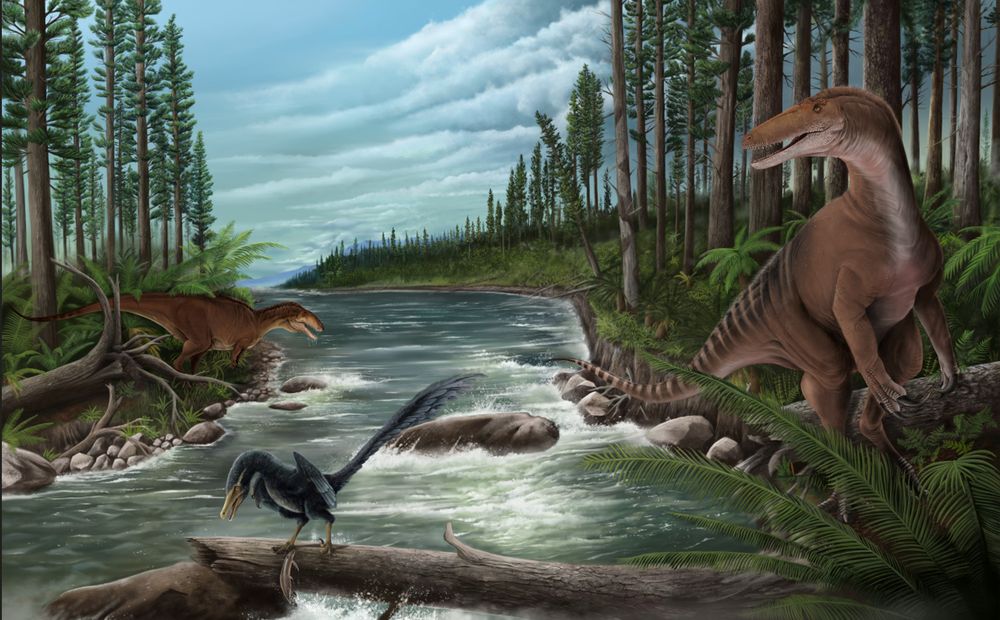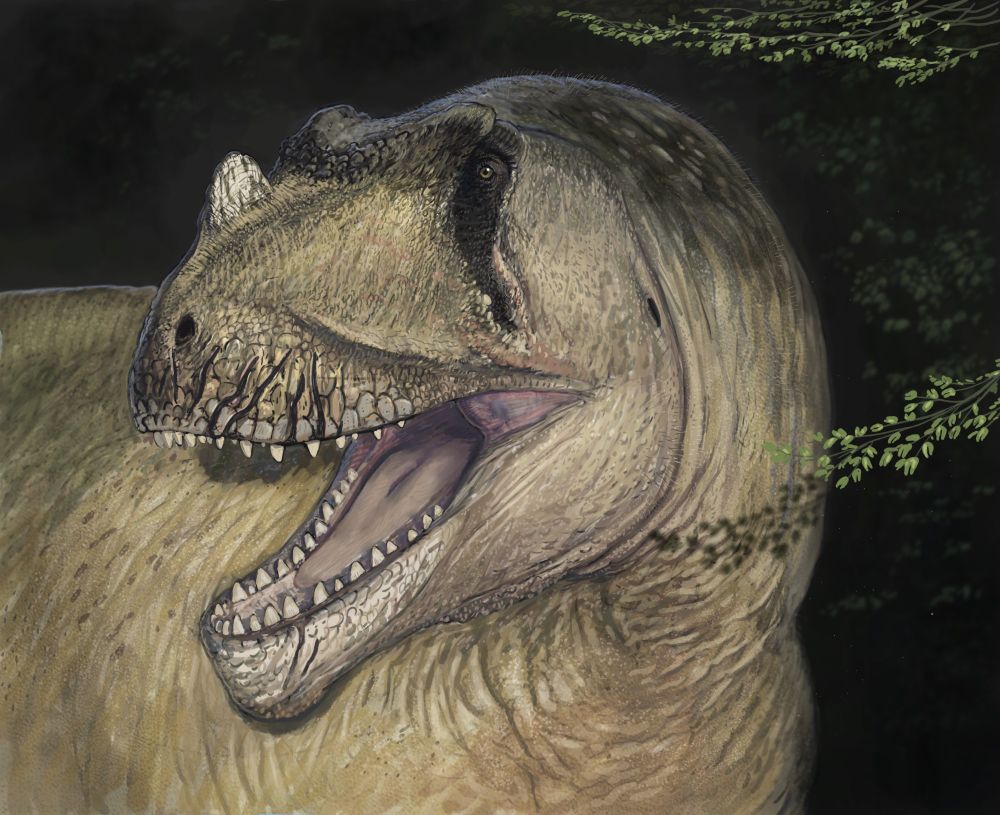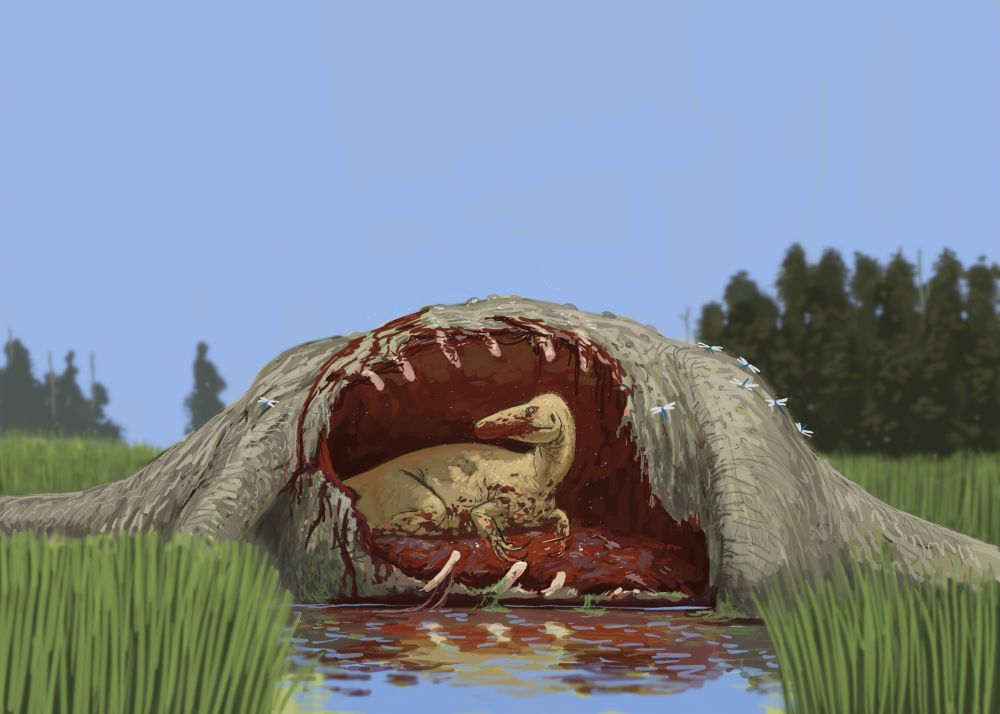Jake Kotevski
@dinoman-jake.bsky.social
610 followers
770 following
24 posts
PhD Candidate at Museums Victoria Research Institute and the Evans EvoMorph Lab, Monash University.
The undisputed Dinosaur man.
I study theropods and theropod accessories.
Views are my own.
Posts
Media
Videos
Starter Packs
Pinned
Reposted by Jake Kotevski
Reposted by Jake Kotevski
Jake Kotevski
@dinoman-jake.bsky.social
· Feb 19
Jake Kotevski
@dinoman-jake.bsky.social
· Feb 19
Jake Kotevski
@dinoman-jake.bsky.social
· Feb 19
Reposted by Jake Kotevski
Reposted by Jake Kotevski
Reposted by Jake Kotevski
Jake Kotevski
@dinoman-jake.bsky.social
· Dec 10
Jake Kotevski
@dinoman-jake.bsky.social
· Dec 10
Reposted by Jake Kotevski
Reposted by Jake Kotevski
Reposted by Jake Kotevski
